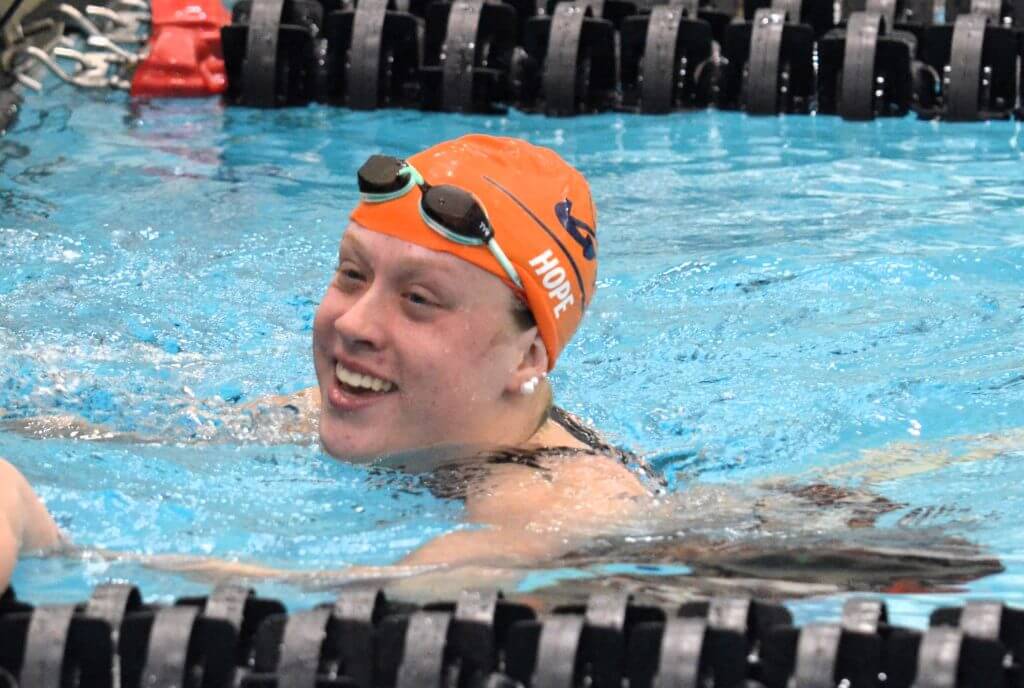How Division III Swimming is Starting New Era in Post-Pandemic Years

Swimming in NCAA Division III is in the early stages of a new era. and several factors have boosted the division. The rise could continue.
The COVID-19 pandemic changed the course of swimming for several years. Not just because of the missed championships, but because of the after-effects. The NCAA understandably gave everyone who was affected by missing a championship an extra year of eligibility, which was multiple for many. On top of that, the transfer portal has given athletes easier opportunities to change schools, with many opting for a smaller program.
So the competition is increasing as the sport gets faster and swimmers are opting for Division III in many cases.
The biggest transfer this season was Derek Maas. The former Alabama All-American started medical school at NYU and had a year of eligibility left. He got to pick the school he wanted for med school and got the bonus of getting to train one more year, heading into the 2024 Olympic campaign.
Maas boasts several top times this season. While he is best known for his breaststroke talent, Maas has also excelled in the 200 individual medley and the backstroke events. But it is not the elite names who are changing the dynamic of Division III programs.
Many swimmers take pride in being fast enough to swim at the Division I level. But many swimmers also find out that a big school is not best for them, or at least not that particular big school. A switch to Division III can change the course for an individual, but also a team.
Greta Gidley started at the University of Michigan, but it wasn’t for her. After some time off, she transferred to Hope College, a Division III program in West Michigan, and has thrived.
Last week, she swam in the fourth-fastest time in D-III history in the 100 IM at the D3Shootout. She also was D-III runnerup in the 200 IM at the NCAA Championships last year.
“I had a really bad experience (at Michigan). I thought I was going to be done with the sport,” Gidley said. “After taking a few months off, I realized I wanted to swim again. I knew I wanted to go somewhere completely different. My sister actually graduated from Hope, and I went to high school with a few girls on the team, so I was really familiar.”
But Gidley’s addition added another layer of speed to Hope College and took the Flying Dutch from a good team to a great team, finishing in the top-10 at nationals for the first time in more than a decade.
Gidley is back with nearly all of the NCAA qualifiers from a year ago, as the Hope program continues to grow, now aiming for a top-five finish.
These are just a couple examples of how one transfer can change a program.
With the transfer portal opening more doors, the post-pandemic years could be the start of a new era in Division III swimming.




Glad they found the right fit for themselves. Some of the big programs expect everyone to perform right out of the gate. If they struggle mentally or physically or are injured, instead of working through it, the “weak links” are encouraged to quit or transfer by staff and teammates. It is a brutal culture.
Yes, in my sons case they wanted him to quit so there would be no danger of him transferring to an opponents’ school where he might thrive, which he did.